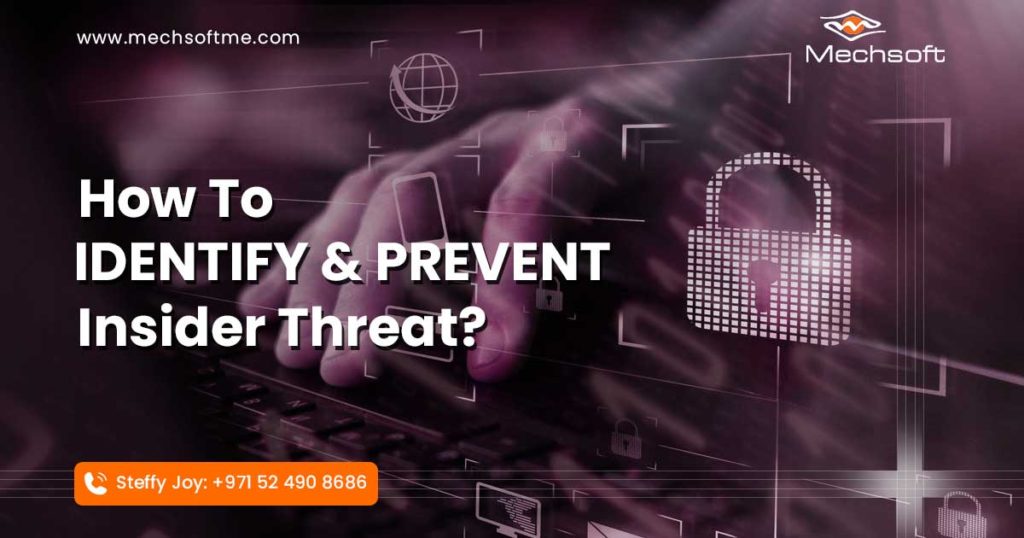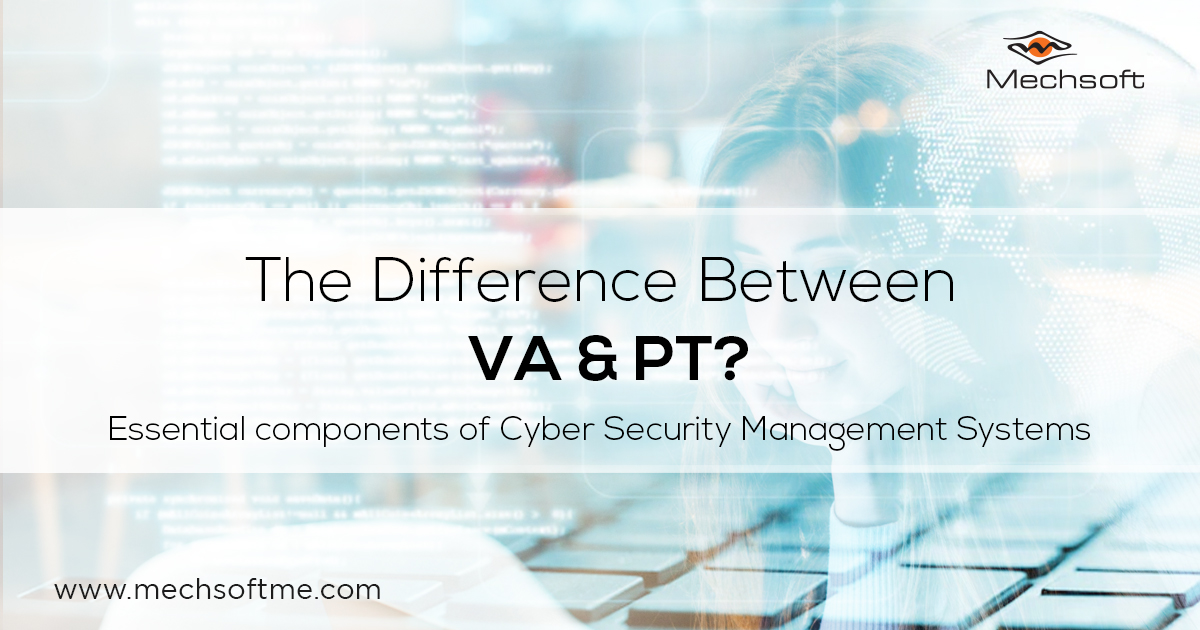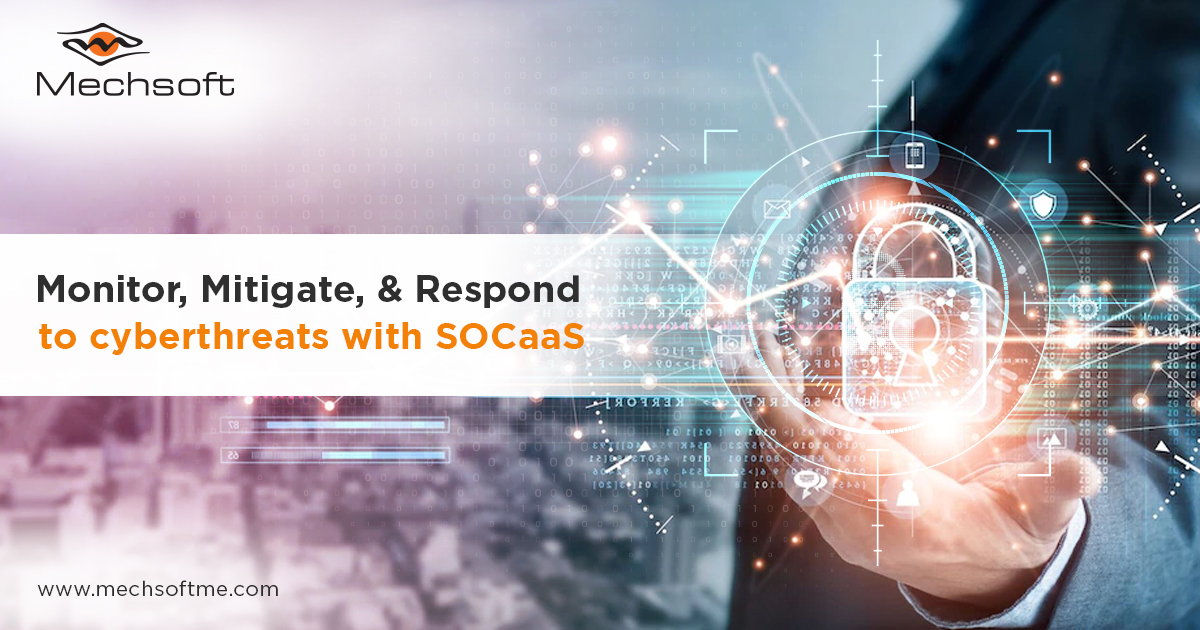Top 4 Internal Security Threats & the Best Ways to Deal with Them
Criminal assaults are likely to come from within. According to one recent research, more than 80% of criminal computer crimes are performed by workers of the organization being targeted. In addition, smaller firms are more vulnerable to IT security breaches because they lack the sophisticated intrusion detection and monitoring systems employed by larger enterprises.
When it comes to data protection, the human aspect is typically the most difficult to regulate and forecast. As a result, some businesses engage in staff training in the hopes that a well-educated workforce aware of the financial and reputational ramifications of data breaches would enhance vigilance and dissuade poor security practices. However, in many circumstances, a business is only one irresponsible employee away from a disastrous security event.
But the fact is, most businesses aren’t even aware of the insider security threats that might affect the company’s security. So, here we have discussed the five major security threats that every business owner must know.

List of Four Major Internal Security Threats
1. Phishing Attacks
Phishing attacks are the most severe, destructive, and prevalent threat to small companies. Phishing accounts for 90% of all breaches that businesses suffer and has increased by 66% in the previous year. Phishing attacks occur when an attacker poses as a trusted contact and convinces a victim to click a harmful link or provide sensitive information or credentials.
Solution: While antimalware and antivirus technologies can aid in the prevention of Phishing attempts by detecting strange emails, social engineering can be addressed through security awareness training. Employees must be trained to deal with outside attackers.
2. Unauthorized Device Usage
Many data protection rules focus on data transfers outside the enterprise network through the internet while overlooking another often utilized method, i.e., portable devices. USBs, in particular, have long been a thorn in the side of data security methods. USBs, which are easy to lose or steal but handy to use, have resulted in several tragic data breaches.
Solution: The simplest approach to avoid such breaches is to entirely restrict employee access to USB and peripheral connections. However, there is no doubt that USBs are quite beneficial in the office. Some protections may be applied to mitigate these cybersecurity dangers for businesses that still wish to use USBs.
3. Sharing Data Outside Organization
Employees who share proprietary firm data, such as intellectual property or sensitive information, are protected by data protection rules. It typically occurs due to carelessness, where information is sent to the incorrect email address, or anything is mistakenly shared publicly.
Solution: Training helps with these kinds of occurrences since they represent human mistakes that we are all prone to. Data Loss Prevention technologies can assist companies in keeping track of sensitive data and ensuring that its transmission is limited or banned entirely. Some DLP systems, such as Endpoint Protector, allow you to customize permissions and security restrictions depending on an employee’s department and working hours.
4. Physical Theft
Employees frequently carry their work laptops and portable devices out of the office in today’s mobile work environment. As a result, work gadgets routinely leave the protection of business networks when working remotely, visiting customers, or attending industry events, making them more vulnerable to both physical theft and outside interference.
Solution: Encryption is always an excellent approach to protect against physical theft. Encrypting computers and USBs eliminates the risk that anyone who takes them will be able to access the data. Enabling remote wipe features can also assist enterprises in erasing all the stolen data remotely.
Summing Up!
At the moment, small firms face a variety of dangers. Businesses may best protect themselves against these dangers and incorporate the complete set of security tools. They may also utilize security awareness training to ensure that users are aware of security hazards and how to prevent them.
Mechsoft Technology, a leading cybersecurity solutions and services organization, help all-scale businesses get the right software and services to keep system secure and away from malicious threats. Our professionals offer encrypted security solutions to businesses worldwide. Book your free consultation with our experts today and save your business from any unwanted internal security threat. Get in touch now!



